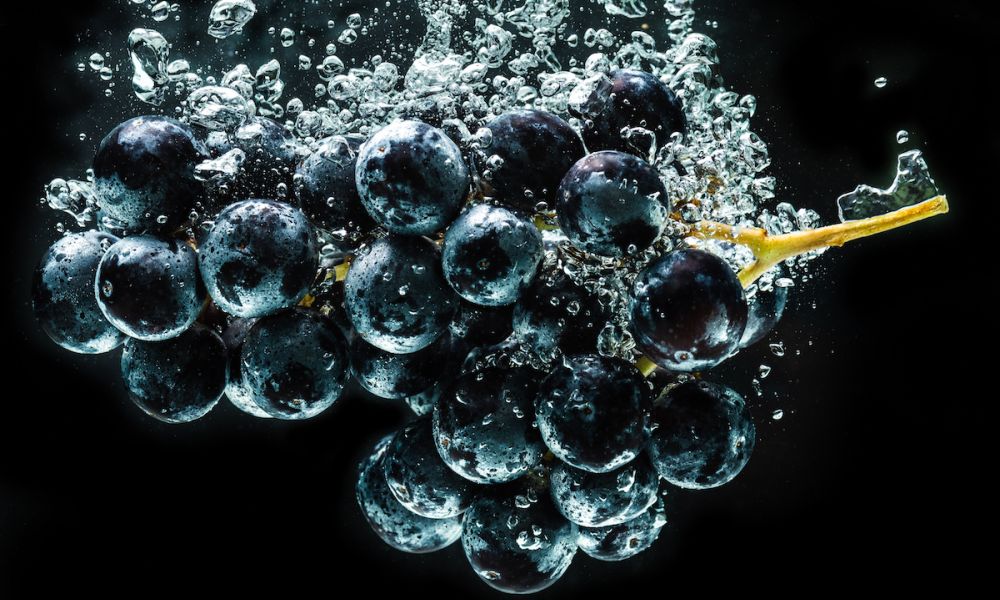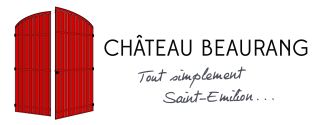The cellar at Château Beaurang: the winemaking process

The cellar, « chai »in french, is the place dedicated to the first steps of winemaking. The term “chai” is a word from the Gallic word “caio”
According to the Revue du vin de France, the winery is the building where the entire winemaking process takes place, from the arrival of the harvest to the bottling. The cellar can also be subdivided into several parts. We speak then of wine making cellar, ageing cellar (where the wine is matured in barrels) and storage cellar where the bottles are stored before their sale or shipment. Let us look together at some of the steps that make up the wine cycle.
The transitional stage: Winemaking process
Bordeaux winemakers have used every conceivable technique to produce the best wine. Over the centuries, they have made important decisions with the precision of science and the flair of art. The quality of Bordeaux wines has been improved over time to achieve what is considered to be one of the best wines in the world.
By definition, winemaking process is the stage that comes after the harvest. It consists in transforming grapejuice called « must » into wine by determining the color, aromas, taste, texture, and many other characteristics of the wine. This stage is completed by the maturing of the wine. The winemaking process takes place in a cellar, its main phase is the vatting, during which the must undergoes an alcoholic fermentation.

Alcoholic fermentation
Once the grapes are in the vats, it is the alcoholic fermentation that begins the winemaking process. This stage lasts about 3 weeks during which the sugar naturally present in the grapes is transformed into alcohol through a biochemical process initiated by the action of the yeasts contained naturally on the skin of the grapes.
The control of temperatures
The work of the yeasts emits a lot of heat, so the control of temperatures is important. The temperature must be checked regularly and must not exceed 15° to 22° C for white and rosé grape varieties, and 25° to 30° C for red grape varieties.
If these temperatures are exceeded, we risk both losing the fruity and fresh flavors and making bad tastes appear in the future wine.
Cooling the must
We ourselves control the temperatures of our tanks and have made the choice not to use the latest methods and technologies. We wish to continue to heat or cool our tanks according to the needs of this one by our means present on the field and without the help of technology other than the tank thermometer.
If the temperatures go too high, we use the water present on our domain and proceed to the cooling of the vats by the flow of fresh water drawn from the walls of our vats and recovered by means of channels in order to be able to reuse this water thus guaranteeing our ecological commitmentresponsible. The desire to take care ourselves of the control and recovery of temperatures results from the desire to feel our wine, to let it live and to get personally involved in this transitional stage. It is for all of us at Château Beaurang, to involve our responsibility and to allow us to live our profession at every stage of the creation of our wines.
The best way to explain to you why we like to take care of this step ourselves and not let the modern technique, is to give you the example of the baby monitor. If you’ve been a parent, or if you’re a young parent, surely you’ve used these devices to hear the noises in the baby’s room while we do something else in another part of the house. And even though this technology can allow us to watch a movie during the little angel’s nap, how many of us got up to go see if he was breathing normally and everything was okay?
You now understand why we prefer to go see our wine during this phase, touch the vat, smell it and breathe it, just like you do with your baby. Our wine is our baby and it is not for nothing that the next step is called maturing called « élevage » in french which means « raising a wine » such as a child!
 English
English  Español
Español  Français
Français 